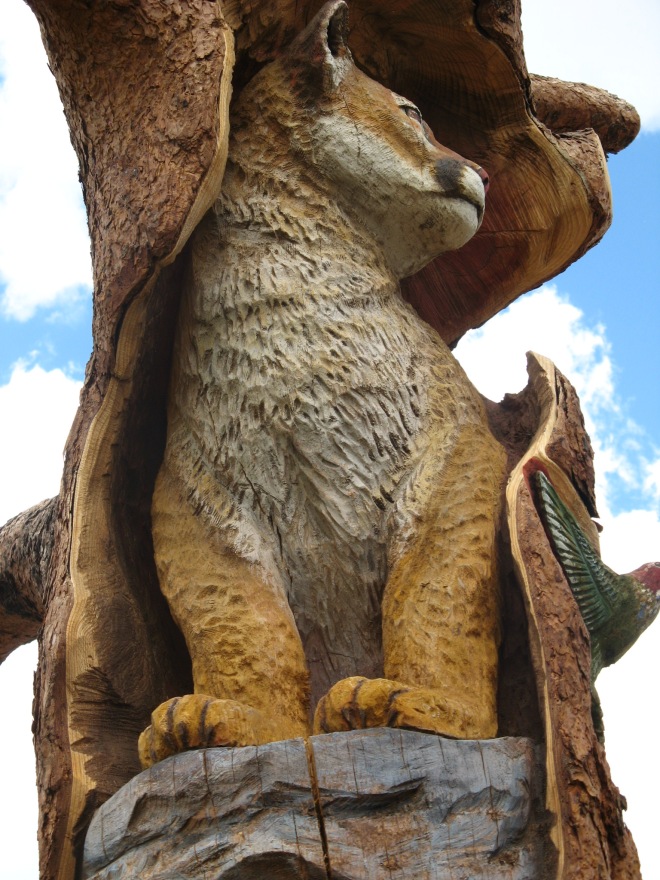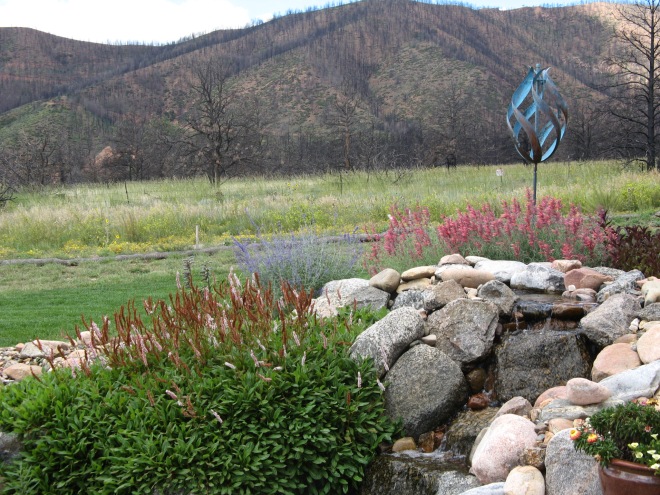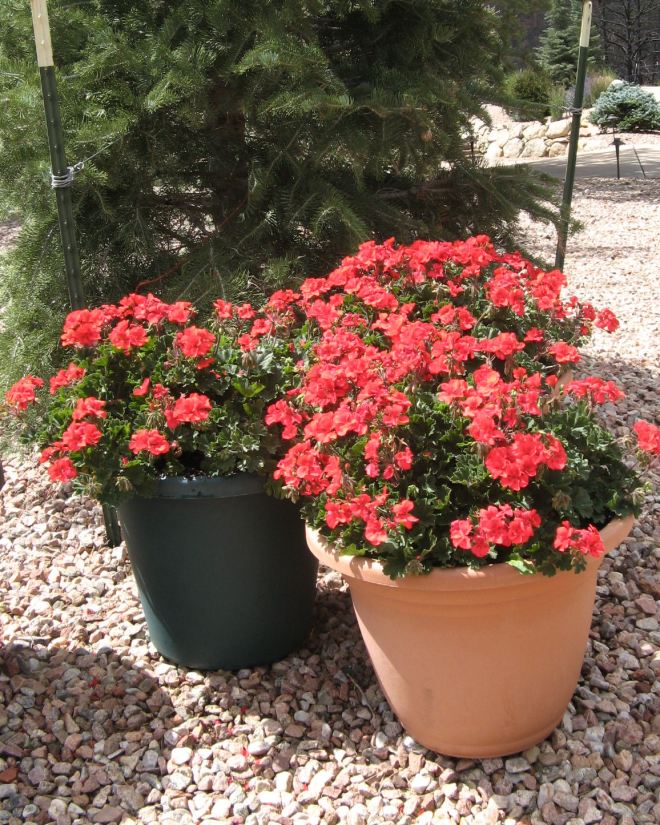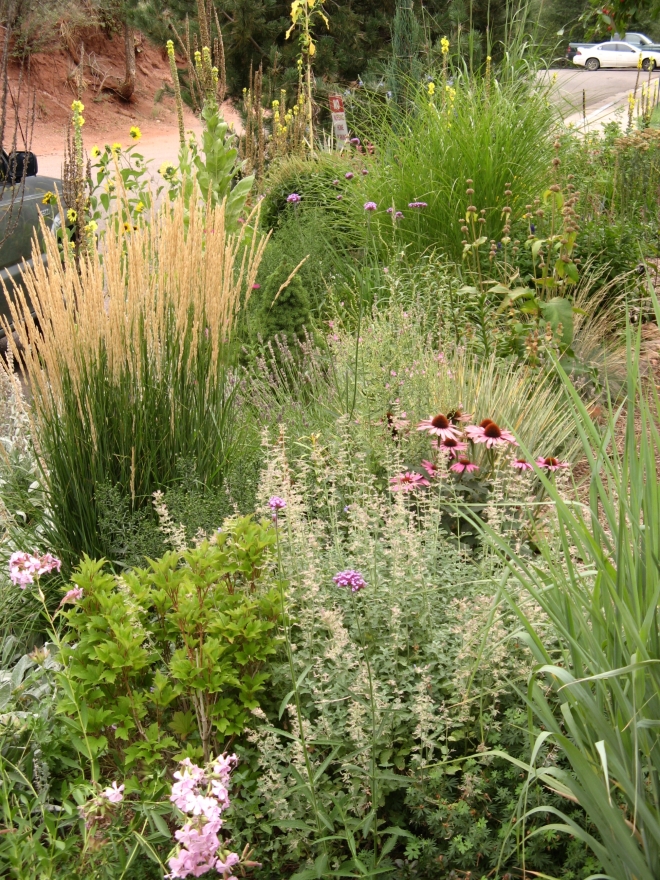On June 26, 2012, a firestorm roared down the foothills into the Mountain Shadows neighborhood of Colorado Springs. 346 homes, two human lives, pets, treasures, thousands and thousands of trees, and who knows how many wild ones, gone. Images of that day still fill my heart with sorrow, helplessness, and dread.
On July 6, 2012, I stepped into an odyssey of healing.
All around the house, every tree and shrub, every perennial, every annual, brown. It was like walking into a sepia toned photo.
As I drove week after week through the devastated area to this garden: I felt happy. It was the sight of plant life. First a chartreuse shrub shining way up on the hillside. Then, the scrub oak shrugging up dark green mats. And it was the anticipation of beauty, reckless and daring to re-inhabit the garden.
Honoring the lives of all the plants — from towering ponderosa to tiny mounds of pinks — the homeowners waited nearly a full year to give them a chance to come back. I love these folks dearly for this. They could have, you know, sawed and yanked, thrown in new. But they didn’t. They gazed with tenderness. They cheered every new whorl of needles. They praised each opening bud. They gave thanks for the steadfastness of old friends. They said, out loud, of the white firs that had gone up like torches: “They sacrificed themselves to save our house.”
So passed the remainder of the summer of 2012.
Spring of 2013: Together, we hand-picked the trees who would replace those who had perished. I selected shrubs. All this gorgeous vigor made me giddy.
The fire melted the astroturf on a little putting green. And it got converted to a garden. How fun is that?
Then, at summer’s end, another disaster, another miracle. Rain. Too much rain. The burn scar, unable to absorb and buffer streams from big rain events, sent debris-filled flood waters crashing through nearby Manitou Springs. But this garden was spared. And the land around it drank as deeply as it could.
In the spring of 2014 a meadow appeared. And by full summer, it was breathtaking.
Not all the trees who perished were replaced. One fine old friend became a different work of art.
Short weeks after the fire.
Summer’s height, 2014.
Following the fire, garden-related businesses donated pots of annuals to bring cheer to the neighborhood. This generosity is honored by refilling the pots.
Of course, we do a few elsewhere in the garden, too.
Most of all, however, it is the miracle of this garden rising with the phoenix of the wider landscape, both new and enduring.
What a blessing.

































